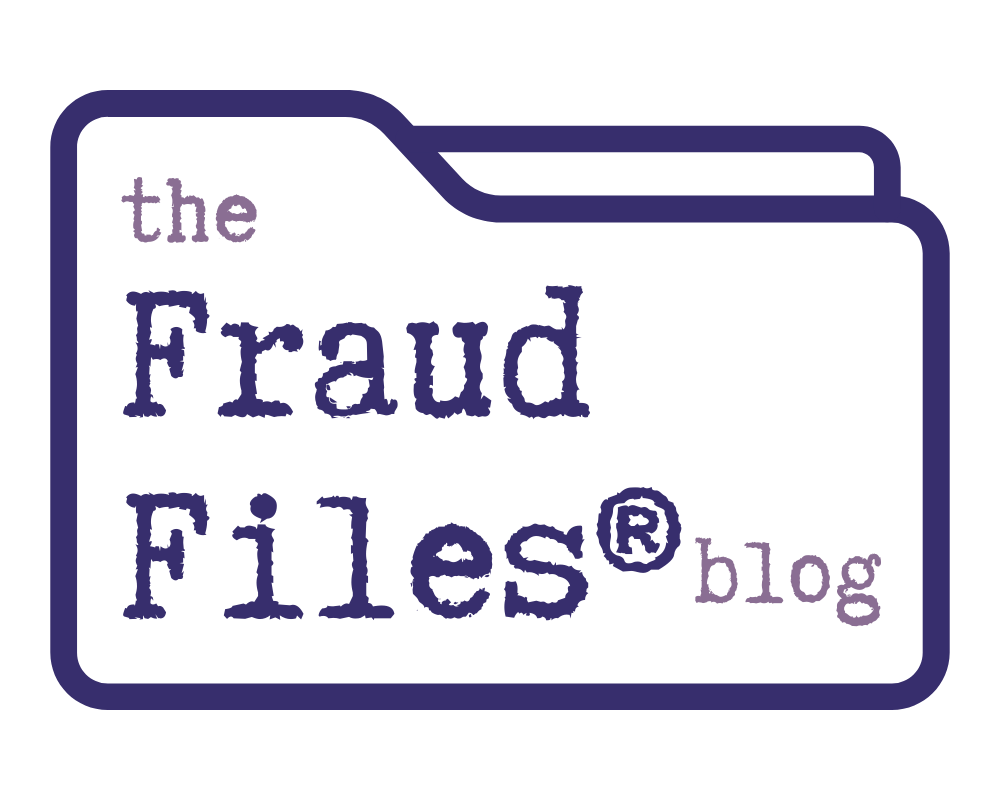
MLMs use products to make their companies look legitimate. They can’t be a scam if they are selling an actual product, right? WRONG. They absolutely can be a scam, because the product is simply a “front” for the scheme they are running. The product is meant to make the company look legitimate and hide the fraud.
The products from nearly every MLM are overpriced. That is, they cost more than comparable products available through legitimate channels (i.e. real retailers). The distributors will tell you it is because the products are very high quality!!! The magic juice has vitamins that are more bio-available! The make-up has better ingredients! The clothes are made better! The pills have super secret magical powers that cure all illnesses! These are all lies. The products are not better.
The truth is that products are overpriced through multi-level marketing companies because they have to pay commissions to distributors on many levels. That’s the whole point of multi-level marketing: Many levels of distributors get a piece of the action when you buy something.
That sounds pretty innocent, doesn’t it? Well sure, those putting in the work to sell the products should get paid. Except in almost every MLM, the upline (not the distributor who sells the product) gets more commission than the person who sold. Even still, almost no one makes any money in MLM. It is an ugly cycle where money gets funneled away from the person who sold the product, but almost everyone still fails to turn a profit. (And let’s not even talk about how the products are next to impossible to sell on a consistent basis anyway, so lots of distributors end up buying the products themselves, just to meet quotas.)
To illustrate this, see Usana Watchdog’s article about the pricing of products:
- Research and Formulations would be categorized under “Research & Development” and represents a measly 0.7% of the price of the product.
- Raw Materials, Costs associated with batch size, manufacturing, packaging, and transportation would be categorized under “Cost of Sales” and represents 18.5% of the price of the product.
- Commissions are categorized as “Associate Incentives” (which also includes bonuses, and certain awards and prizes) represents 43.2% of the price of the product – the biggest reason why the products are overpriced. It is also worth mentioning that two thirds of all USANA associates have never collected a single commission. Most of the commission is paid to the top 1% of associates. Last but not least, 99% of USANA associates do not make a profit. This category is the heart of the pyramid scheme.
Make no mistake…. MLM products aren’t high priced for any good reason. They are high priced because they must be in order to support the pyramid. And 99% of the people in the pyramid will never profit from the so-called “business opportunity.”
One Comment
Leave a Reply




Amen to that. The economic design is that high retail encourages people to join, if nothing else for the sake of the discounts, which then sets the machinery in motion to get them to sign up someone else, etc. eventually however, the program is designed to yield maximum compensation for recruiting, not retailing, resulting an an over supply of distributors and the retail margins effectively going to zero, so that what is left is a naked pyramid scheme. These economic facts are the reason why Amway ’79 was meaningless. Judge Timony was bamboozled into agreeing to an unenforceable proposition that has never been honored by any company, for the simple reason that they’re designed for recruiting, not retailing. The retail aspect of these programs exists solely to obfuscate the pyramid scheme underneath, and to hold regulators at bay.